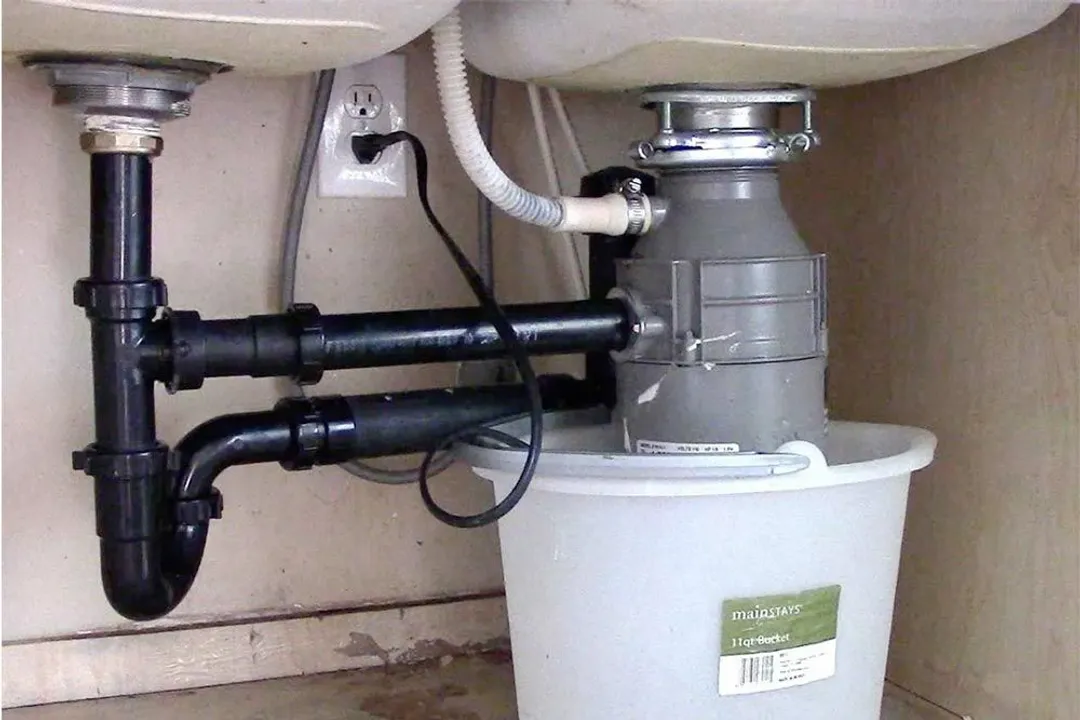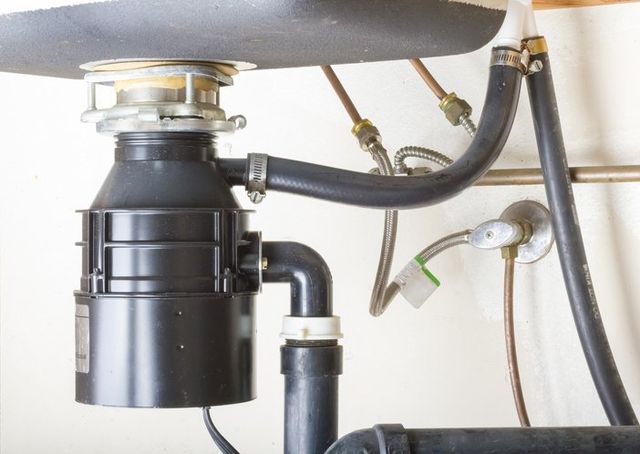Confirmed Solutions for Fixing a Dripping Garbage Disposal
Confirmed Solutions for Fixing a Dripping Garbage Disposal
Blog Article
Are you trying to find answers concerning How to fix a pretty consistent leak from my garbage disposal?

Waste disposal unit are crucial cooking area devices that help in disposing of food waste effectively. Nevertheless, a dripping waste disposal unit can be a frustrating and untidy issue to take care of. Fortunately, lots of leaks can be taken care of quickly with a couple of easy actions. In this article, we will review how to take care of a leaking garbage disposal effectively.
Introduction
Waste disposal unit are set up under kitchen sinks and are developed to shred food waste into smaller items, allowing it to pass through the plumbing system easily. While these tools are usually reputable, leakages can take place in time because of damage, loosened links, or damages to the device.
Usual Causes of Leaks in Garbage Disposals
Worn Seals and Gaskets
Seals and gaskets play a vital function in stopping water from dripping out of the waste disposal unit. With time, these parts can degrade, causing leaks around the disposal unit.
Loose Links
The links between the garbage disposal and the pipes system can come to be loose over time, creating water to leakage out during procedure.
Cracks or Openings in the Disposal System
Physical damages to the waste disposal unit, such as fractures or openings in the housing, can additionally result in leaks.
Recognizing the Source of the Leakage
Prior to attempting to take care of a dripping waste disposal unit, it is necessary to recognize the source of the leak. This can commonly be done through visual examination or by conducting easy examinations.
Visual Inspection
Check the waste disposal unit device carefully for any indications of water leak. Pay close attention to areas around seals, gaskets, and link points.
Examining for Leaks
One way to test for leaks is by running water via the disposal unit and looking for any type of visible indicators of leakage.
Devices and Materials Needed for Dealing With a Leaking Waste Disposal Unit
Prior to beginning the fixing process, collect the necessary tools and products, consisting of a screwdriver, flexible wrench, plumbing technician's putty, substitute seals or gaskets, and epoxy or patching product for fixing cracks or holes.
Step-by-Step Guide to Dealing With a Dripping Waste Disposal Unit
Switch off the Power
Prior to trying any kind of repairs, ensure that the power to the waste disposal unit unit is turned off to prevent the threat of electrical shock.
Find the Leak
Identify the exact area of the leakage and establish the reason.
Tighten Links
Make use of a wrench to tighten any loosened links between the disposal system and the pipes system.
Replace Seals or Gaskets
If the leakage is because of used seals or gaskets, get rid of the old components and replace them with new ones.
Patching Fractures or Openings
For splits or openings in the disposal device, usage epoxy or an appropriate patching product to secure the broken location.
Examining the Waste Disposal Unit After Repair
When the repair is total, test the waste disposal unit by running water with it to make sure that the leak has actually been dealt with.
Preventive Maintenance Tips to Prevent Future Leakages
To avoid future leakages, it is essential to perform routine maintenance on your garbage disposal. This includes keeping it clean, preventing placing non-food things or tough things down the disposal, and occasionally looking for leaks or other issues.
Conclusion
In conclusion, repairing a leaking garbage disposal is a reasonably uncomplicated procedure that can be completed with basic tools and materials. By adhering to the actions described in this short article and exercising preventative maintenance, you can maintain your waste disposal unit in good working problem and avoid pricey repair services in the future.
What to Do About a Leaking Garbage Disposal
A leaking garbage disposal often goes unnoticed until you confront a sopping cabinet, a foul-smelling puddle, or an audible drip-drip-drip from the unit. The fix can be frustrating, too, because the leak can stem from a number of components in the system. Fortunately, with a little sleuthing, you can zero in on the leak and—depending on the exact location—stop the icky oozing and repair the component that caused it. Worst case scenario, if it turns out that the garbage disposal must be replaced, installing a new one is a reasonable do-it-yourself task for those with basic plumbing skills. Read on to keep the cash you’d otherwise hand over to a pro.
Prepare to find the leak
Prior to testing the garbage disposal for leaks, unplug it at the wall outlet and turn off the power from the breaker box to prevent electrical shock. Then insert a watertight sink stopper into your sink drain and wipe the unit dry with a clean cloth. In any handy container, mix a few drops of food coloring into a few cups of water, and pour the dyed water onto the sink stopper to help you locate the leak.
Investigate the source
the top, where the disposal meets the sink drain the side, where the dishwasher hose or main drain pipe connects to the disposal or the bottom of the unit Inspect each of these locations while gliding a light-colored rag over the unit; the dyed water will readily show on the rag and reveal the location of the leak. If a leak isn’t immediately apparent, remove the sink stopper and pour a few more cups of dyed water down the sink drain, then check for leaks again. Leaks near the top of the unit are more likely to show themselves while the sink is plugged, while side and bottom leaks are more noticeable while the sink is unplugged.
The metal sink flange that sits directly inside the sink drain is typically sealed around the top with plumber’s putty (a clay-like sealant) and then secured from under the sink with bolts. If the plumber’s putty deteriorates, or the bolts loosen, the flange can no longer form a watertight seal between the sink drain and the disposal—which could cause a leak at the top of the unit.
To reseal the leaky flange, you must first detach the garbage disposal. Start by loosening the screws securing the main drain pipe to the disposal, then loosen the screws in the metal clamp securing the dishwasher hose to the disposal and detach the drain pipe and dishwasher hose from the disposal. Loosen the screws in the mounting ring that connects the disposal to the metal mounting assembly beneath the sink, then pull down the disposal and carefully set it on a clean, dry surface. Loosen the bolts in the mounting assembly with a wrench, then pull down the mounting assembly and set it near the disposal.

Do you appreciate reading about Why Is ? Make a remark down below. We'd be glad to listen to your ideas about this blog entry. In hopes that you visit us again in the future. In case you enjoyed reading our page please make sure you remember to pass it around. Thanks for your time invested reading it.
Click Here Report this page